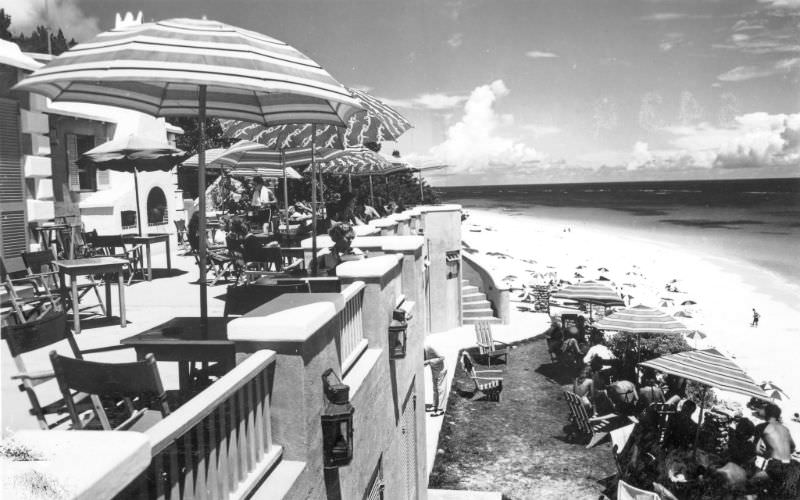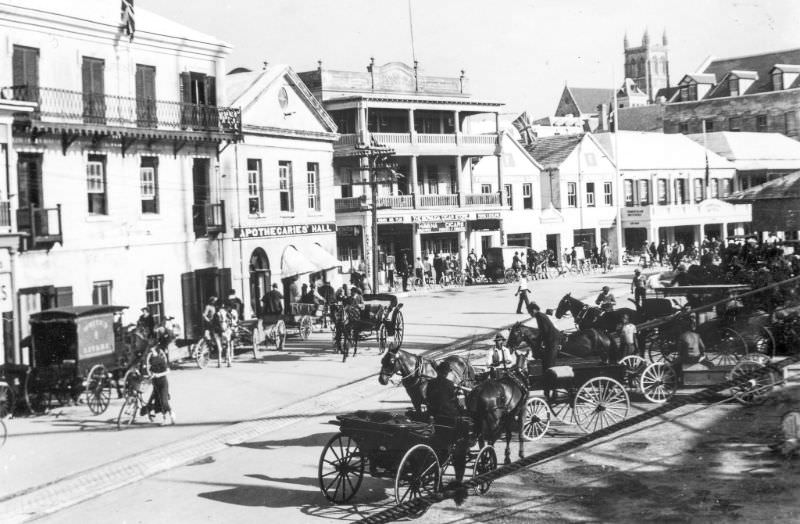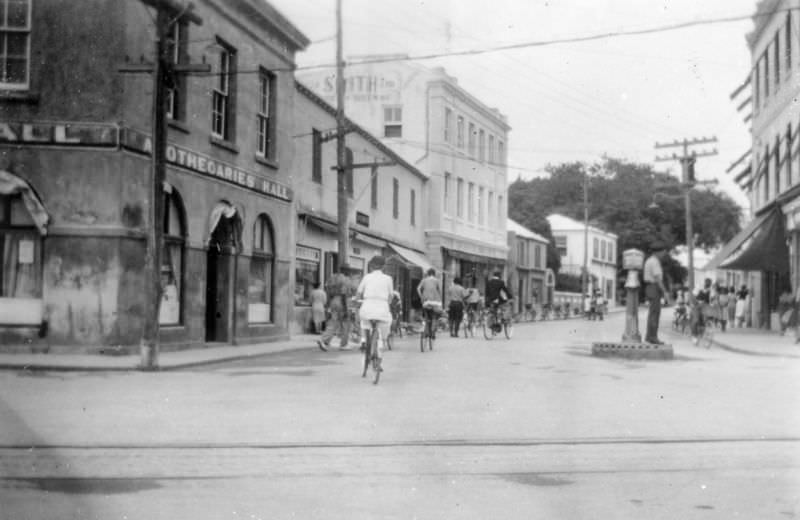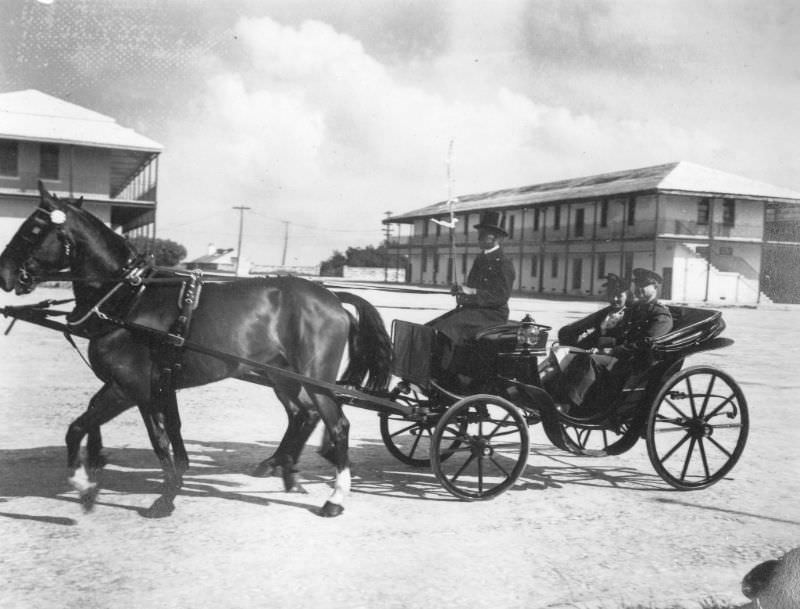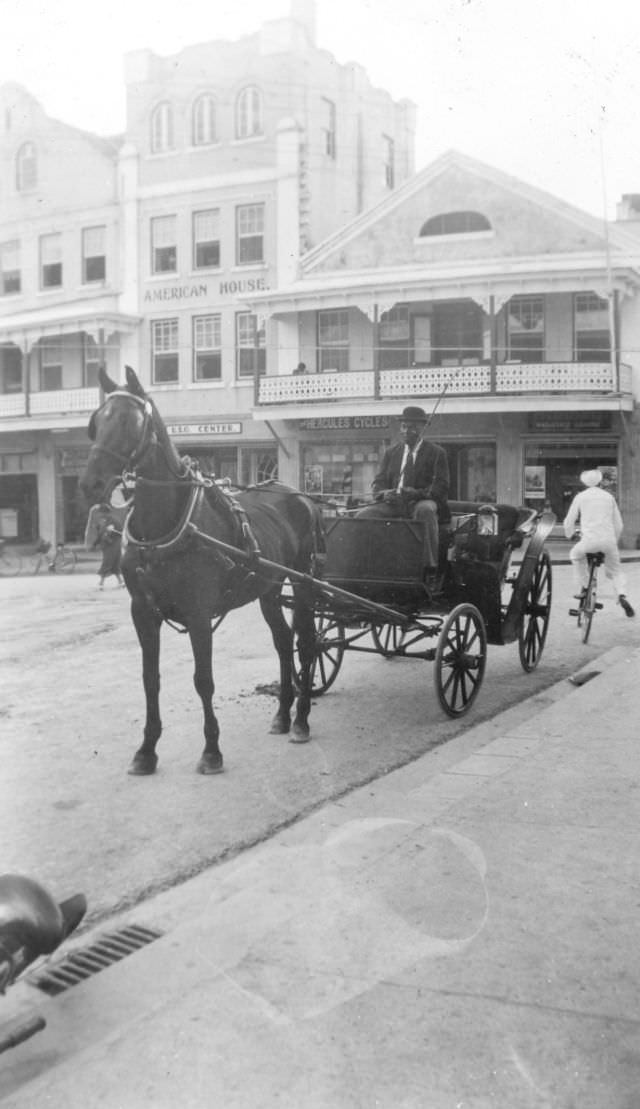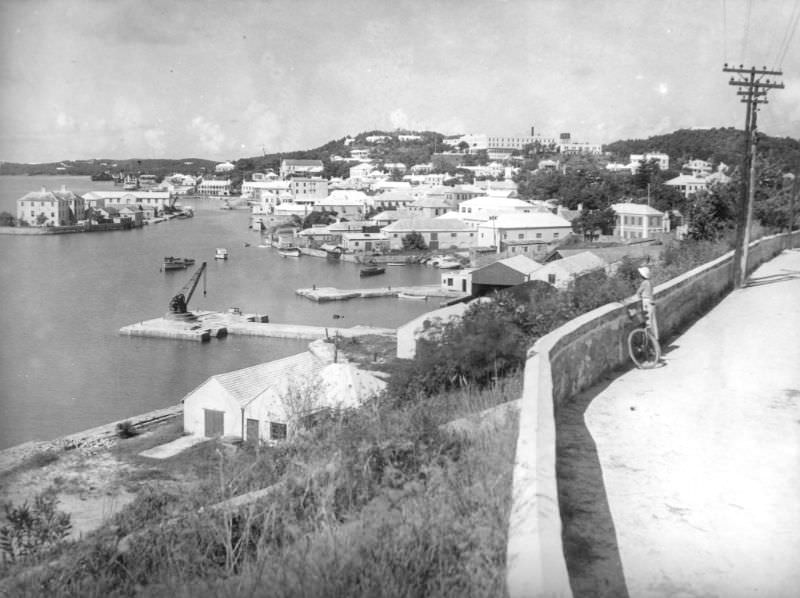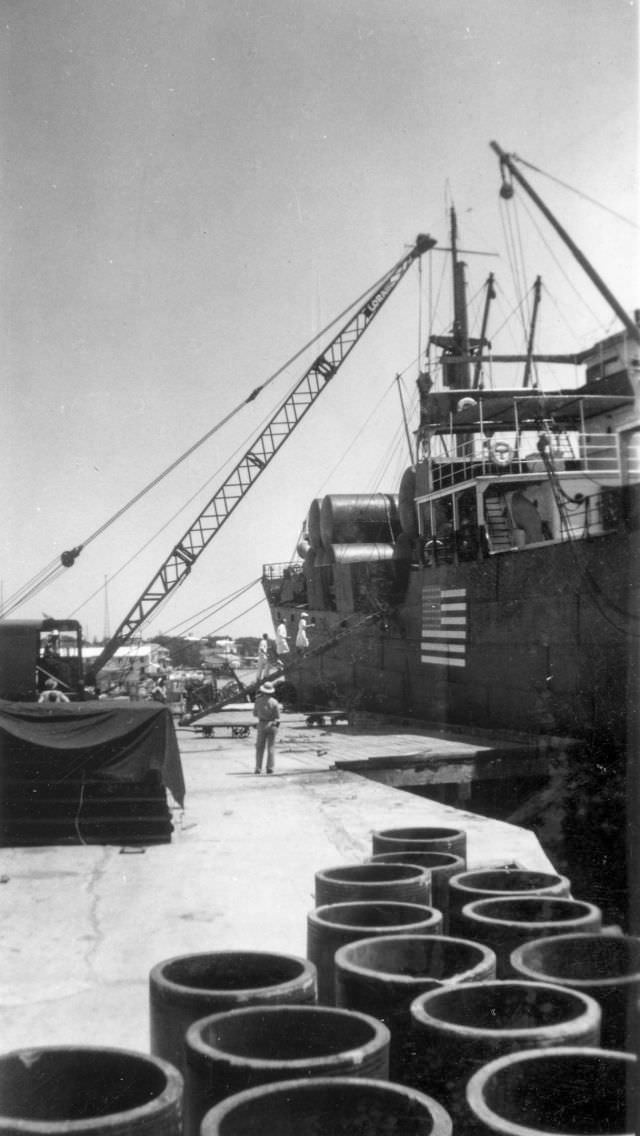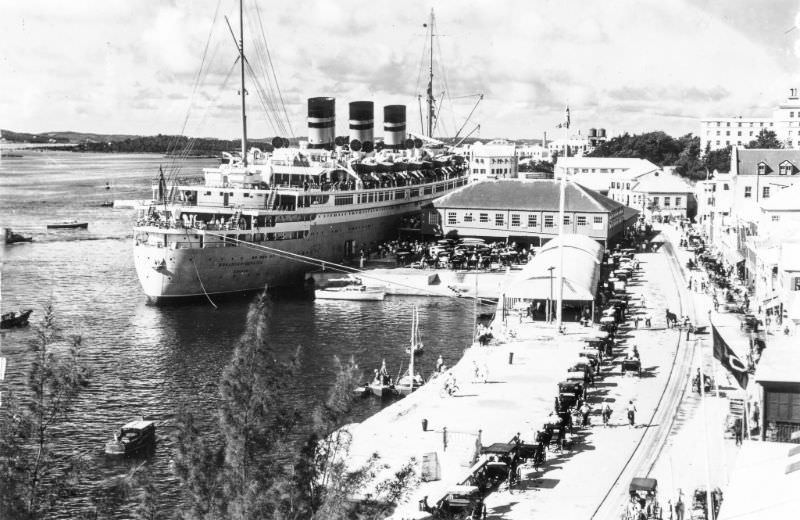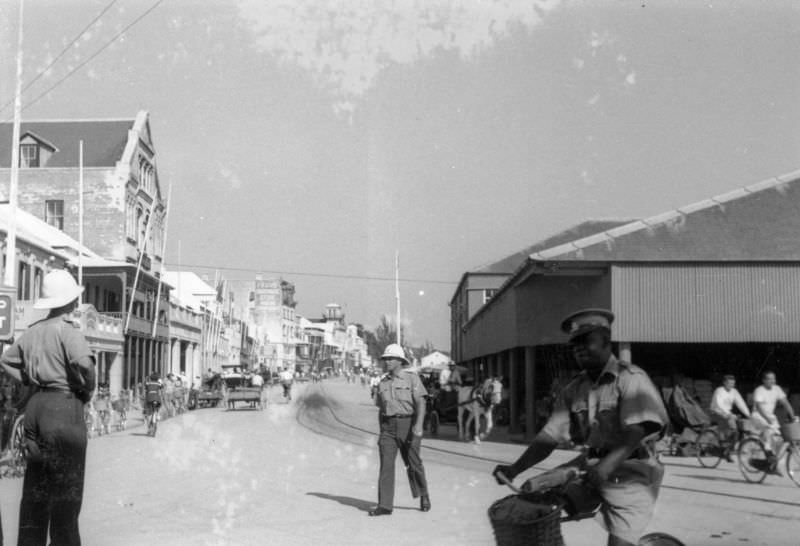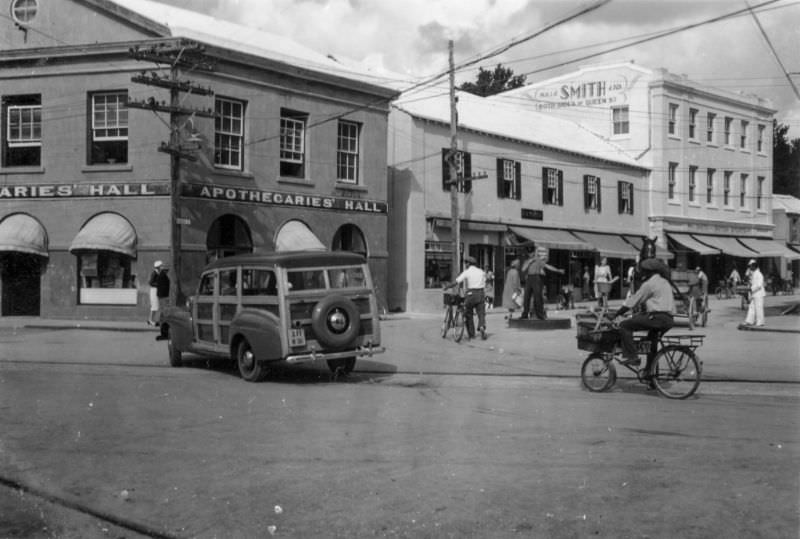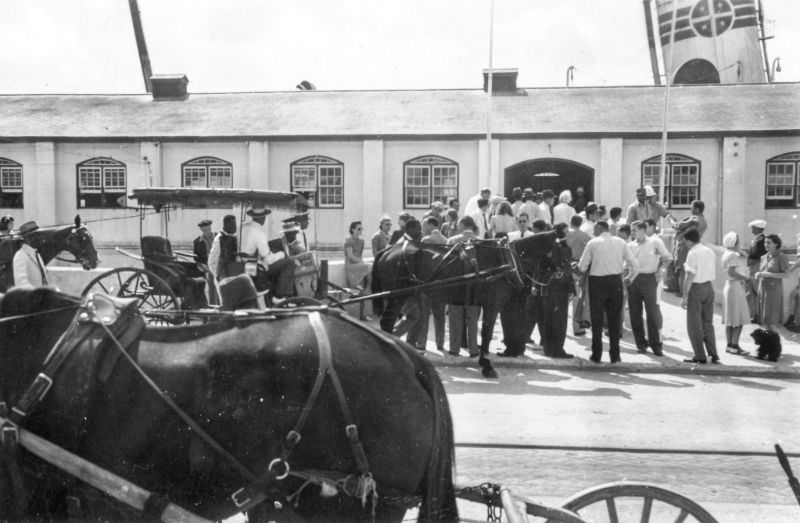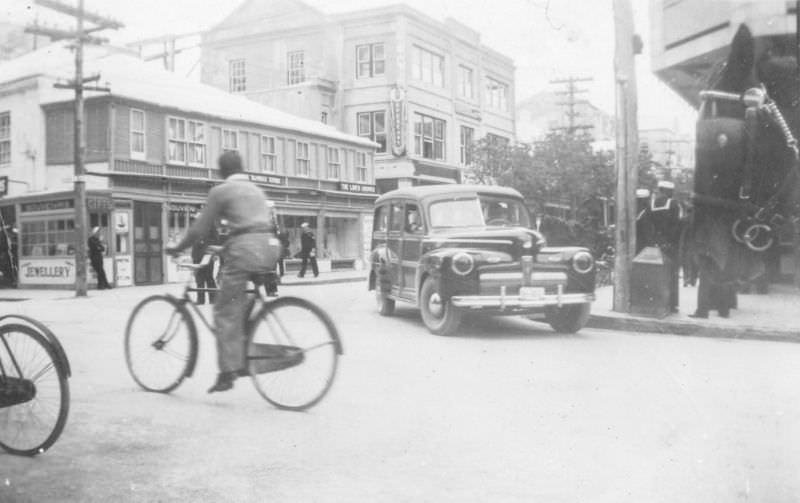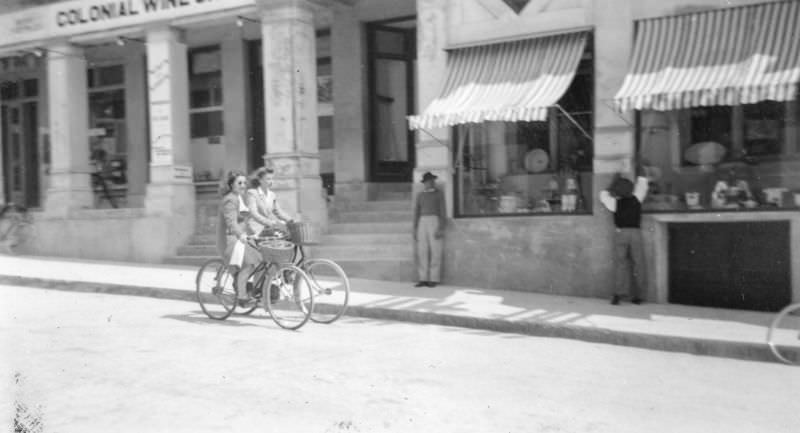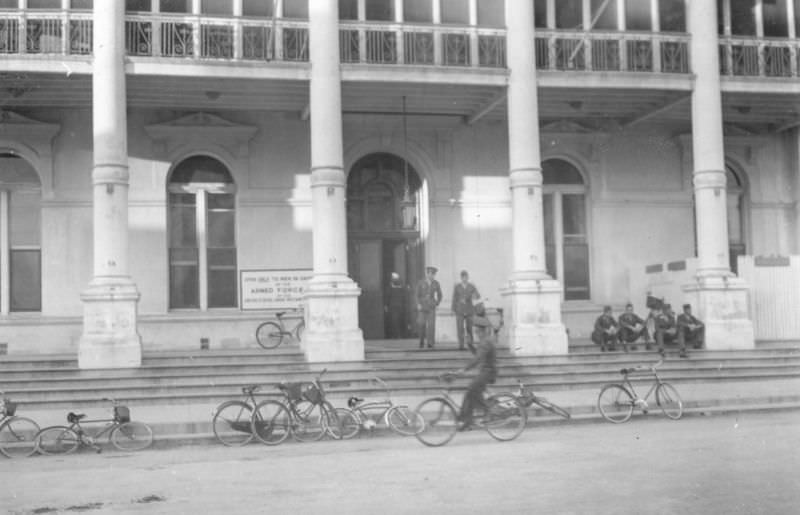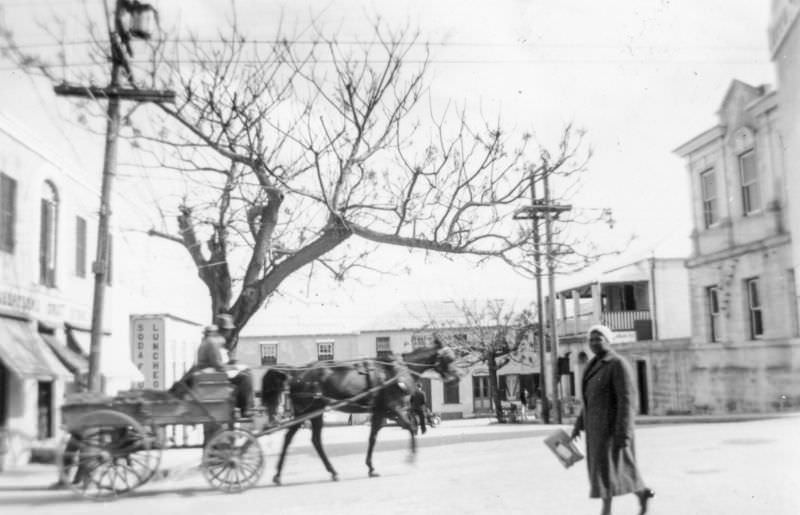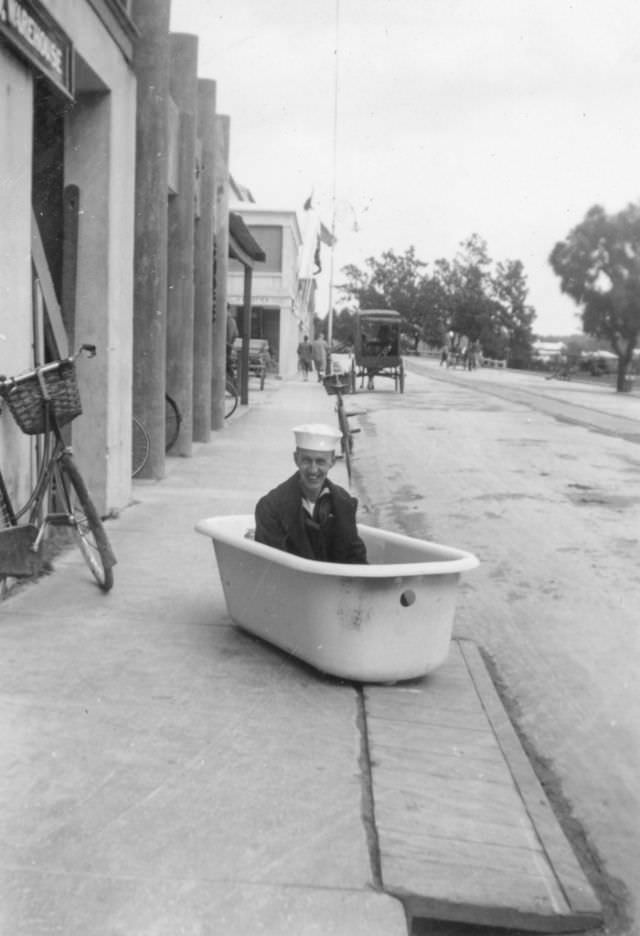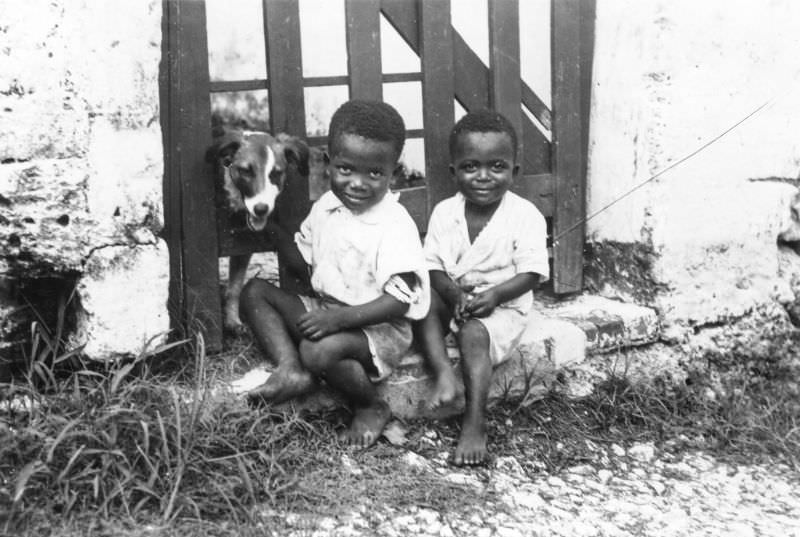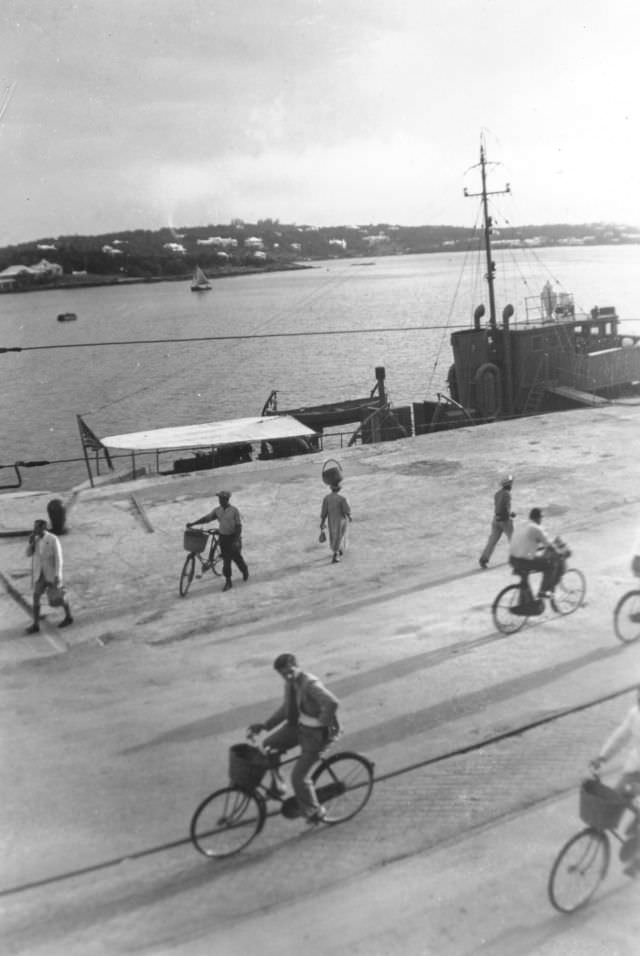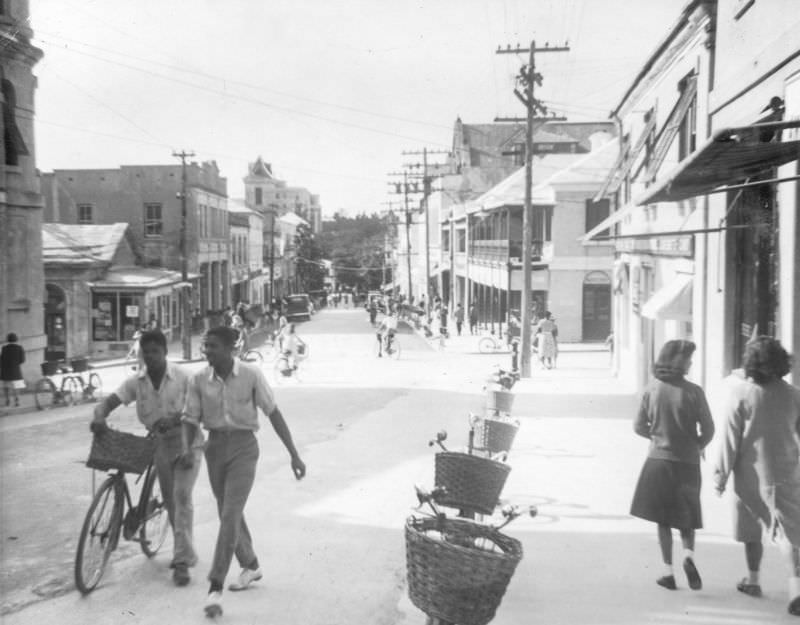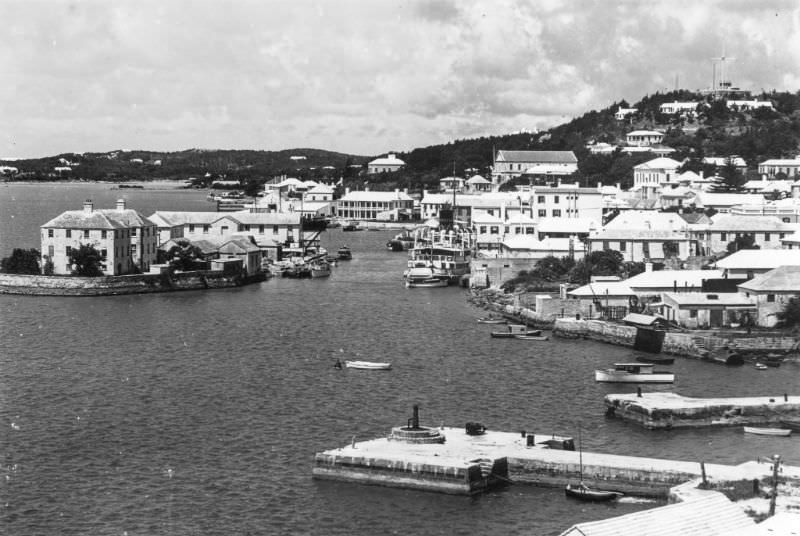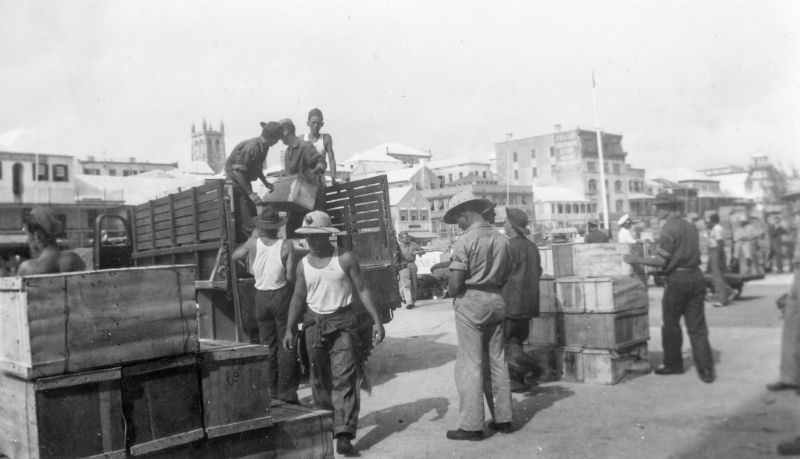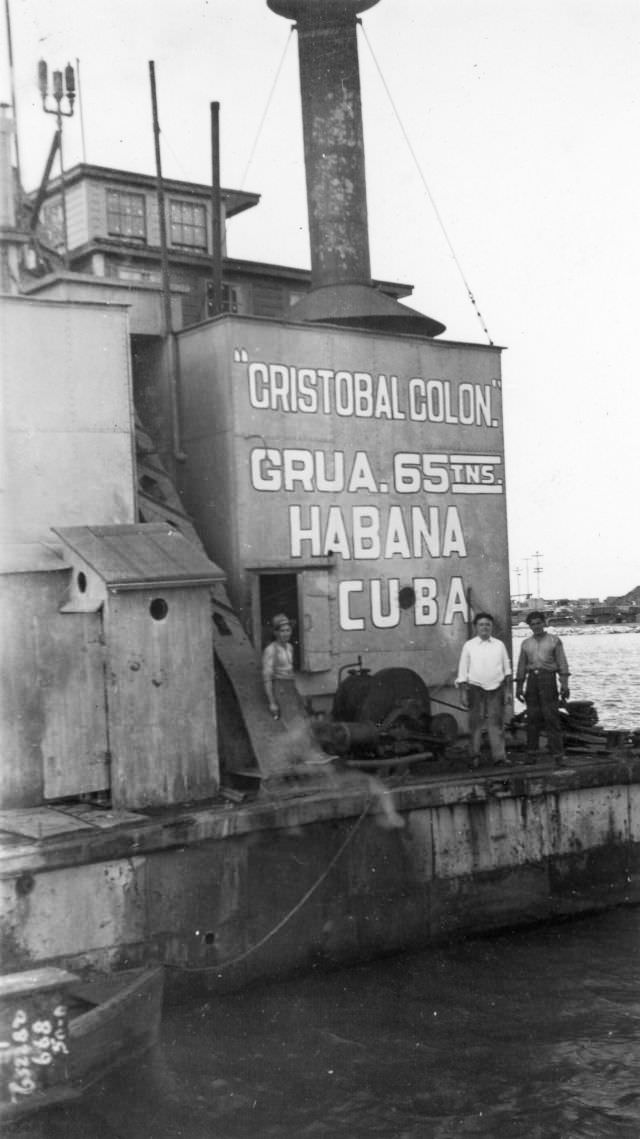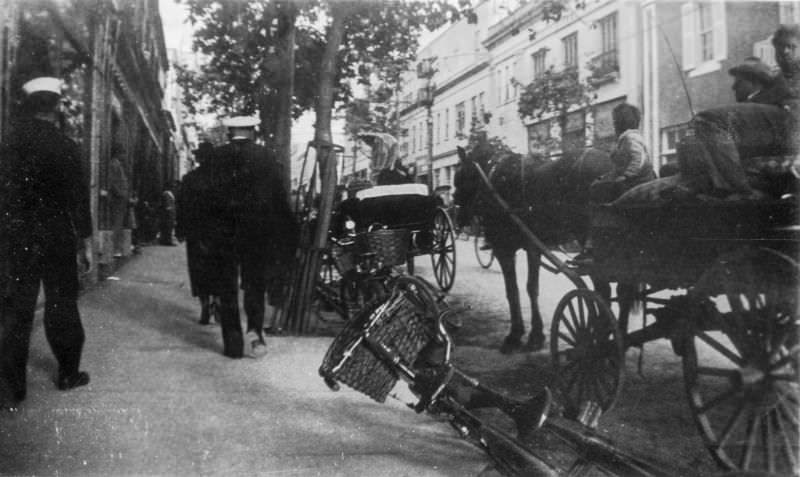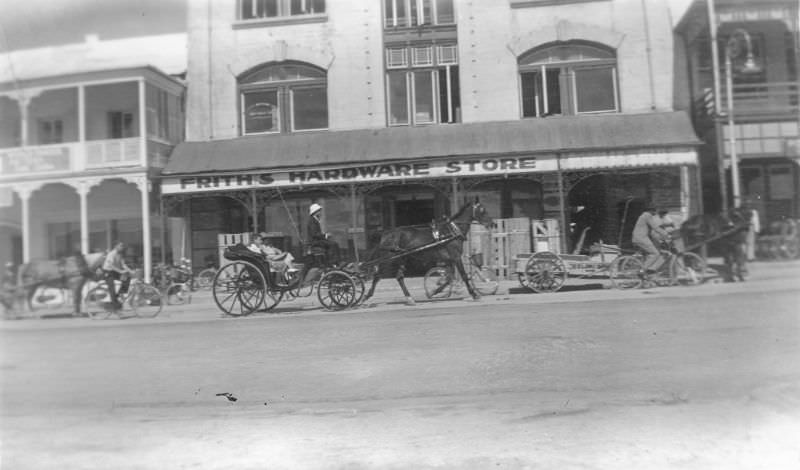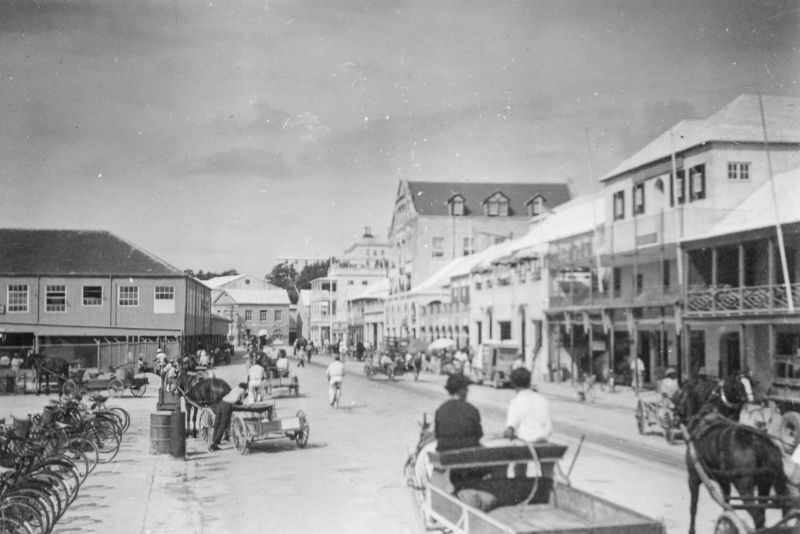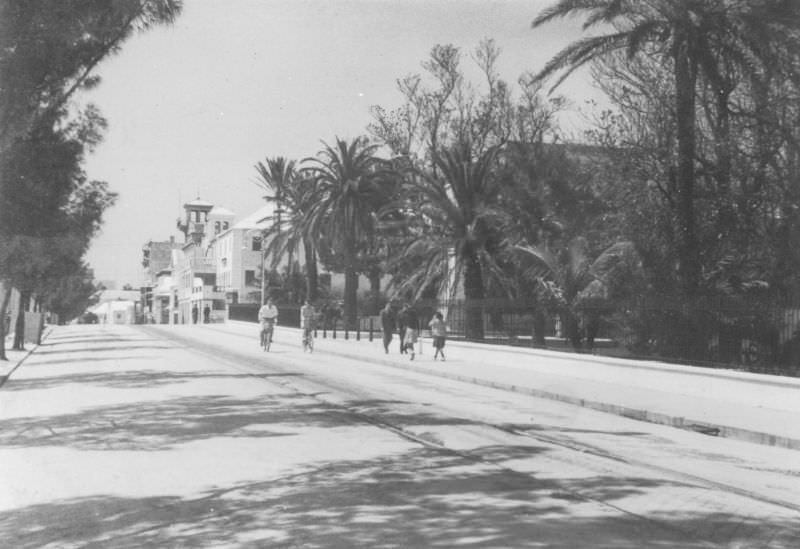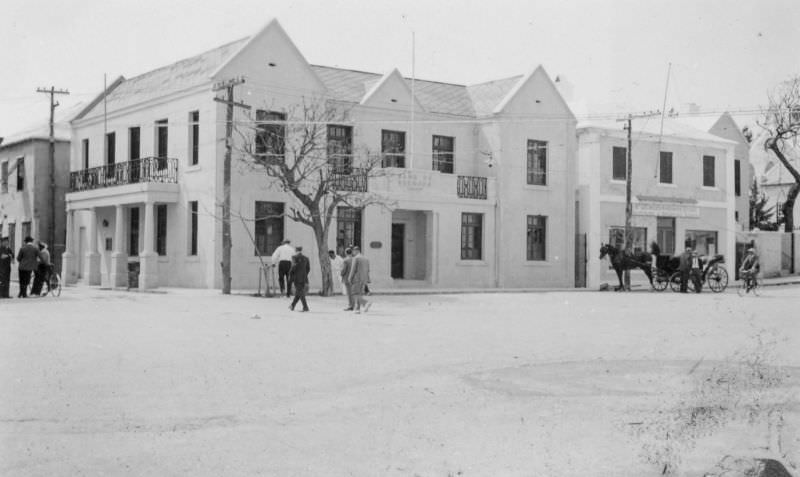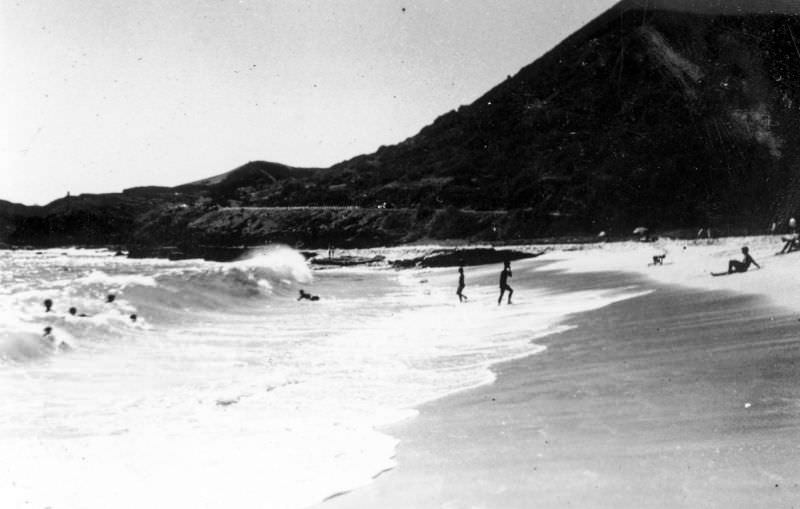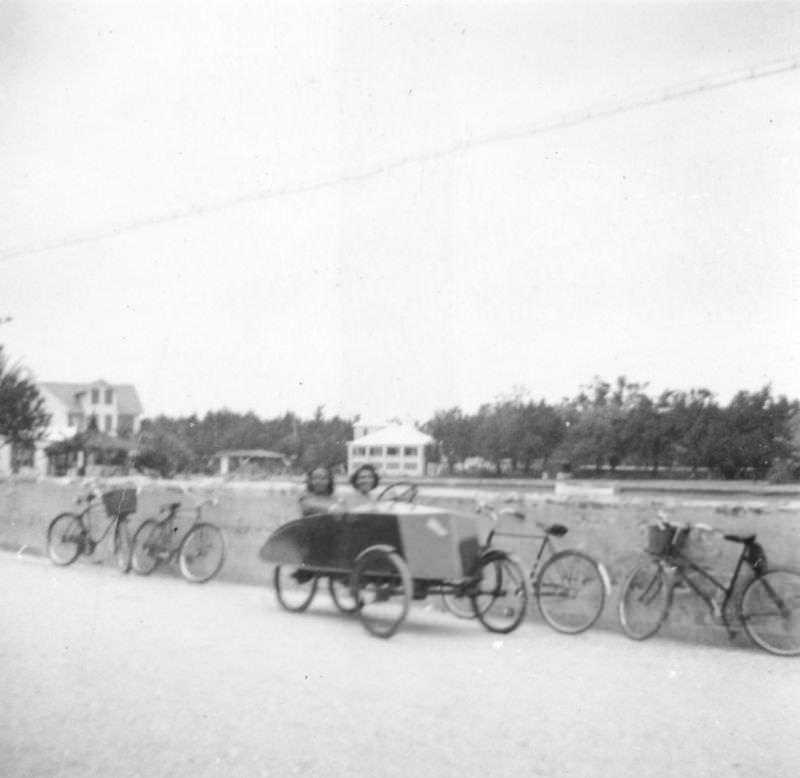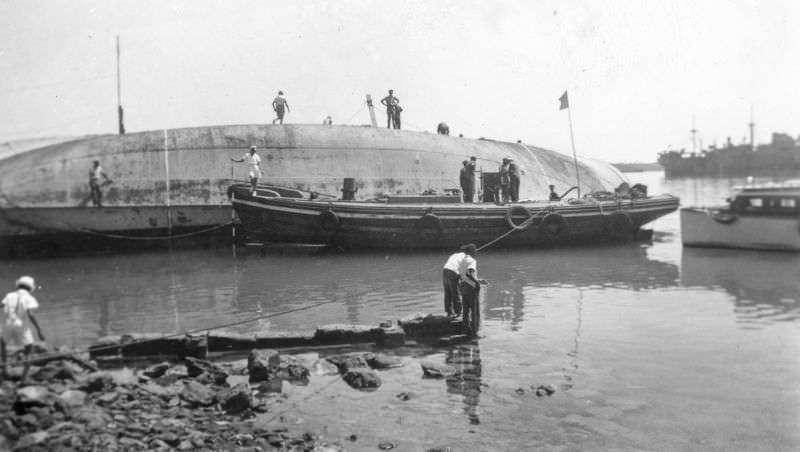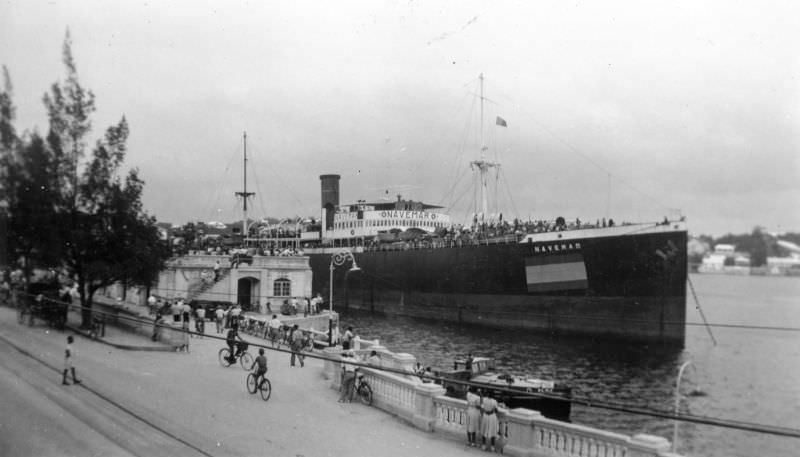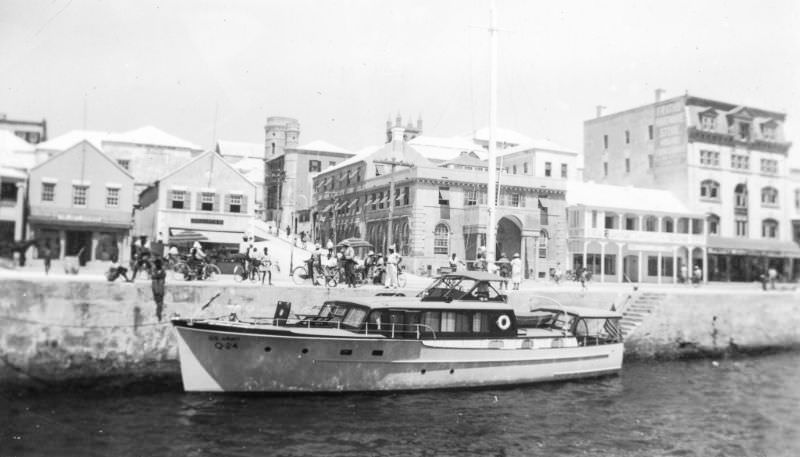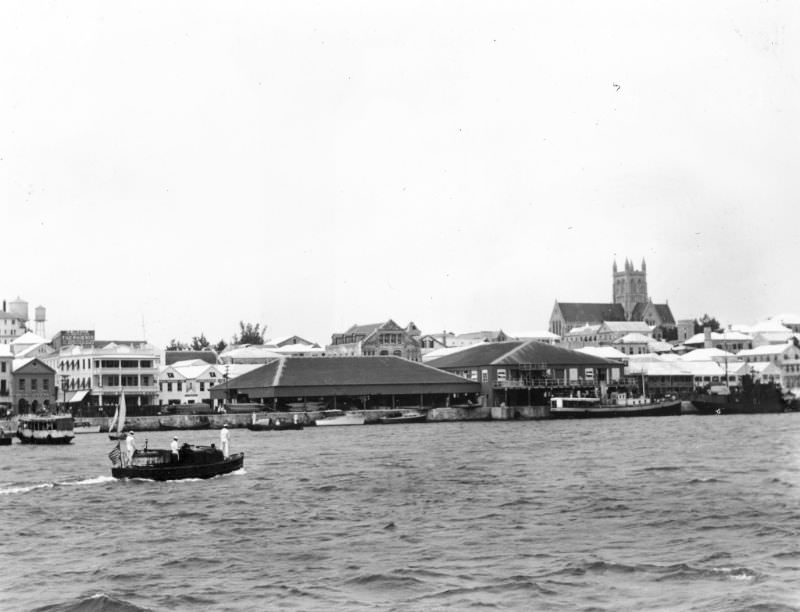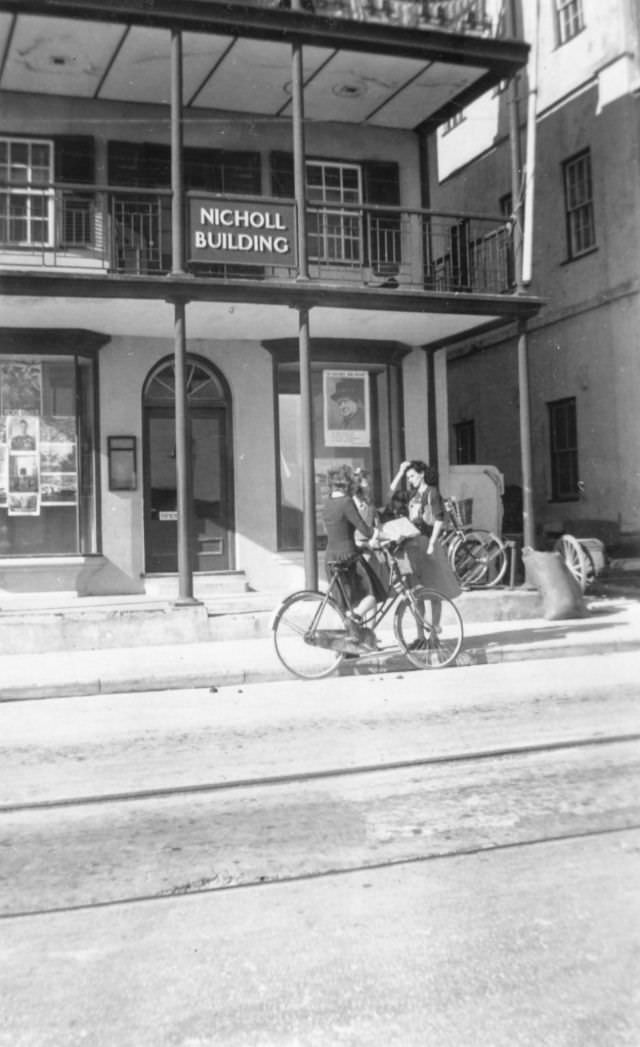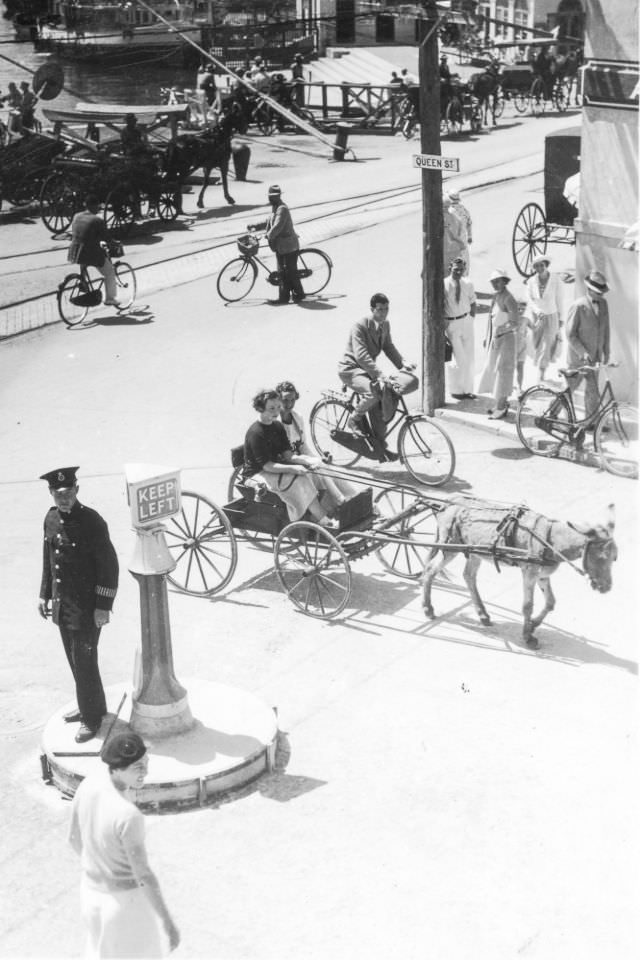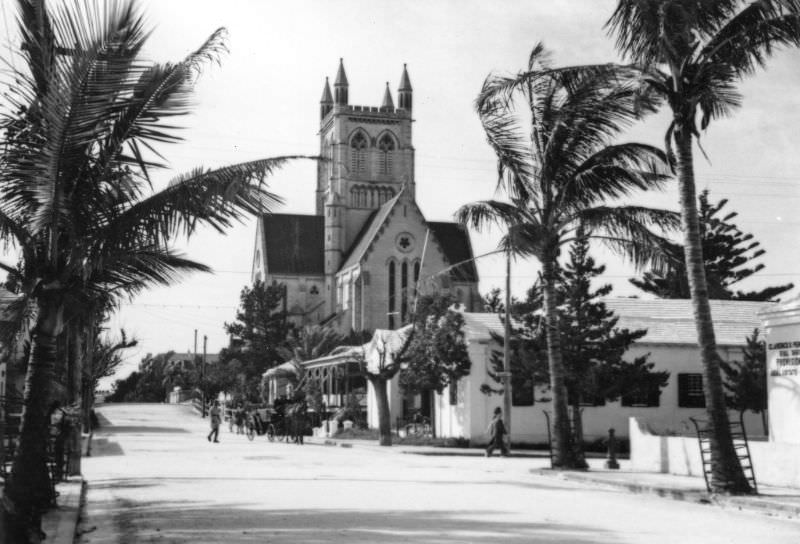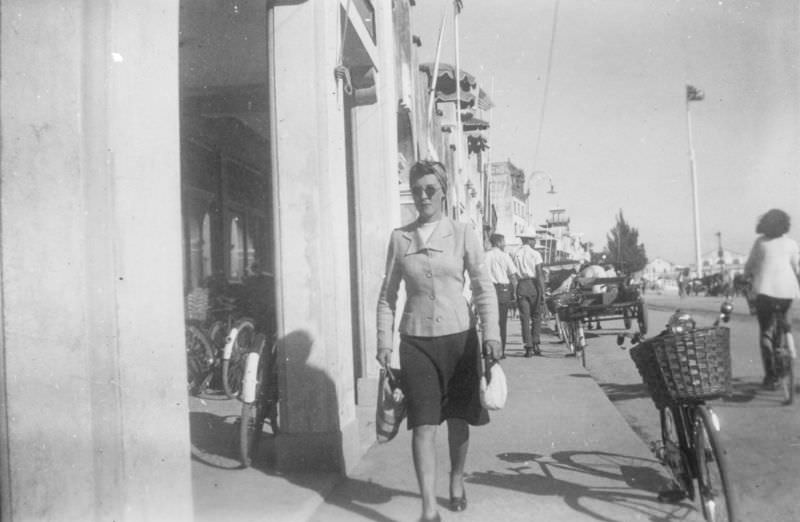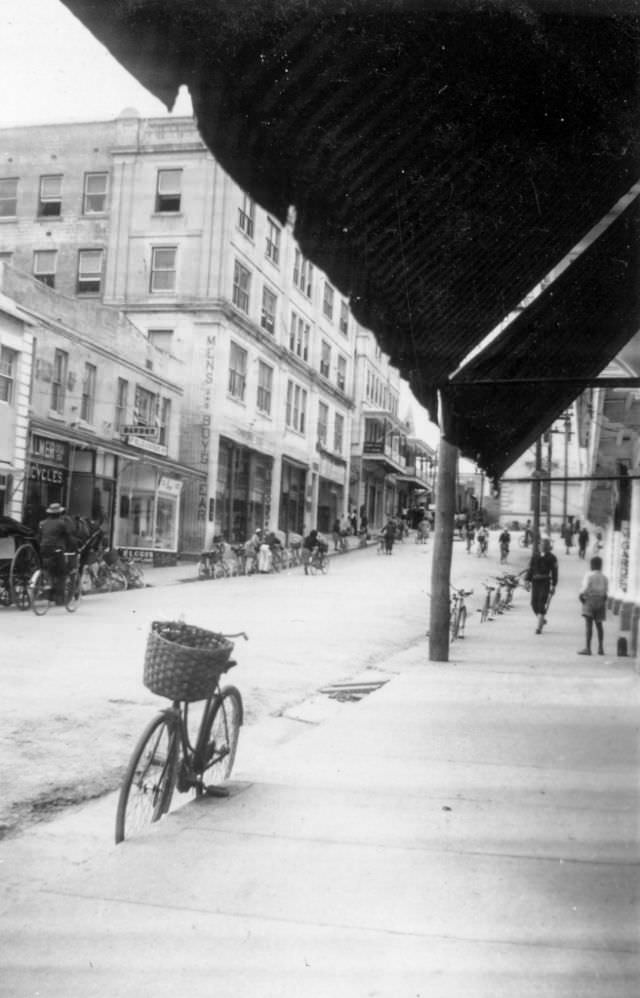Bermuda is a self-governing British overseas territory in the western North Atlantic Ocean. It consists of 181 islands, although the most significant islands are connected by bridges and appear to form one landmass. Bermuda is named after Spanish explorer Juan de Bermudez, who discovered the archipelago in 1505. In 1612, an English settlement was established at St. George’s, and the islands have been permanently inhabited ever since.
Bermuda was a part of British America until 1684 when it became a crown colony under the Somers Isles Company. First African slaves were brought to Bermuda in 1616, but an entire plantation economy failed to develop, and the slave trade primarily ended by the end of the 17th century. The economy instead became maritime-focused, with the colony serving as a base for merchants, privateers, and the Royal Navy and giving its name to the Bermuda rig and Bermuda sloop. Since the 19th century, tourism has been a significant contributor to Bermuda’s economy, and after World War II, Bermuda became a prominent offshore financial center and tax haven.
With modern transport and communication, Bermuda became a popular location for Americans, Canadians, and British tourists arriving by sea in the early 20th century. In 1930, the US Smoot-Hawley Tariff Act instituted protectionist trade tariffs on goods imported into the US, which led to the decline of Bermuda’s once-thriving agricultural export trade to America and encouraged the development of tourism as an alternative source of income. During the Prohibition era in the United States, the island was one of the major hot spots for illegal alcohol smuggling.


